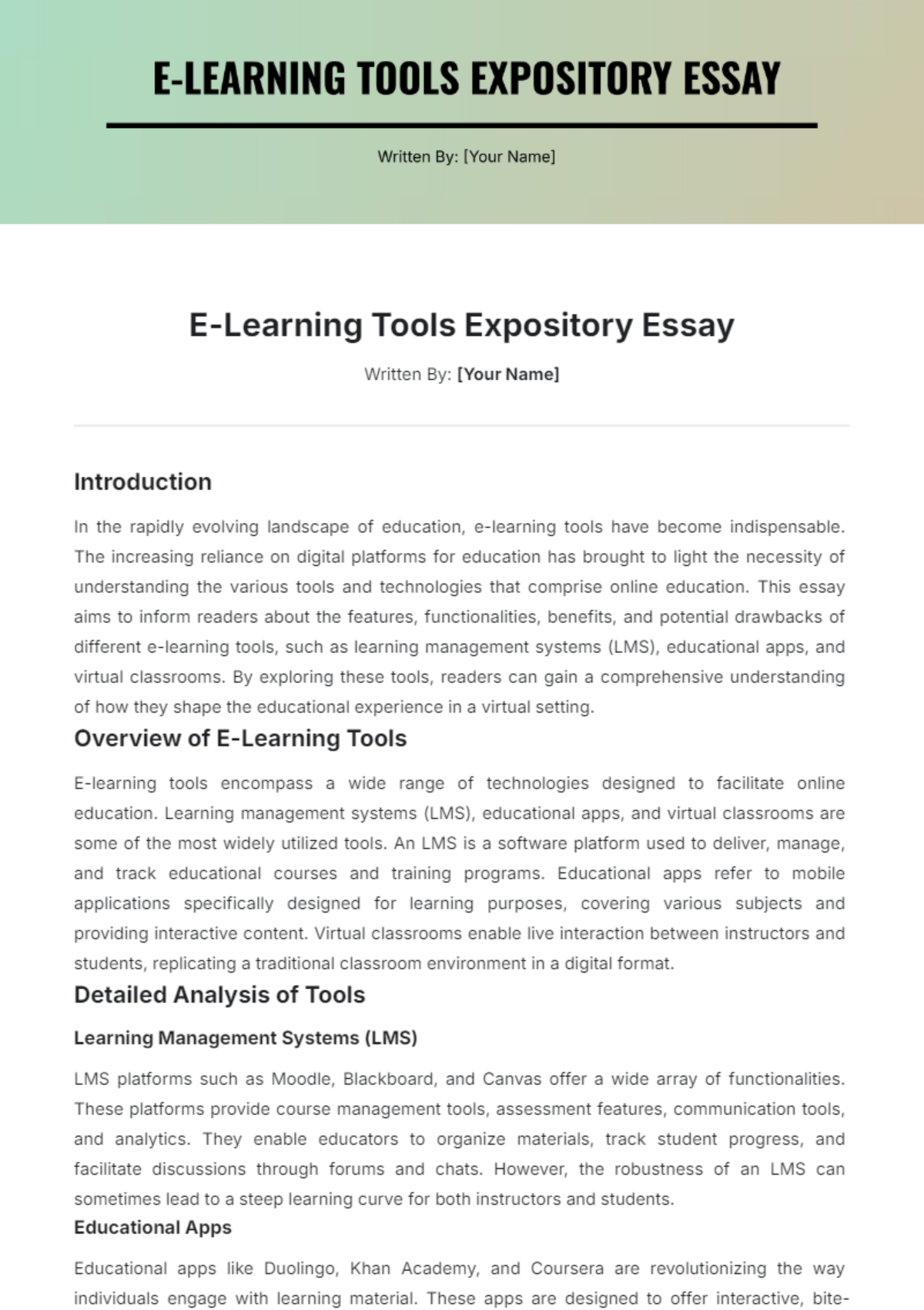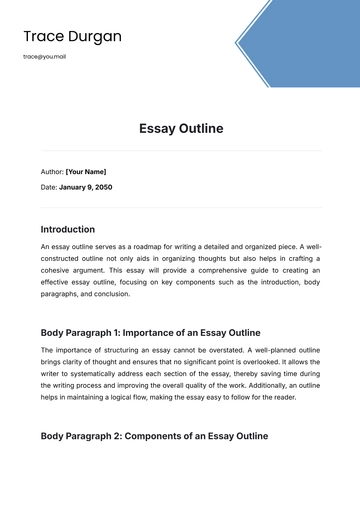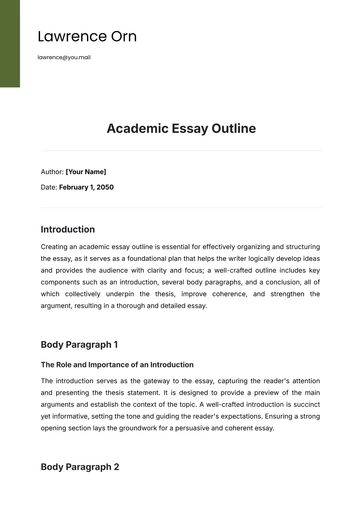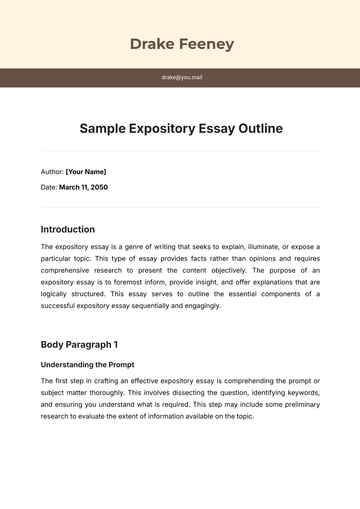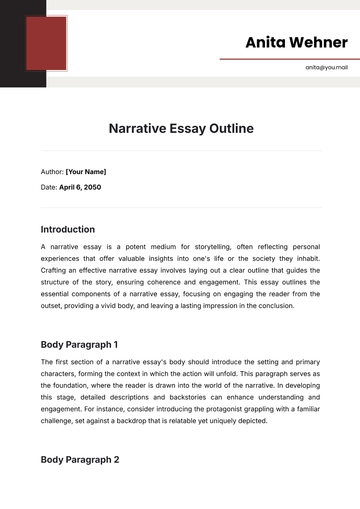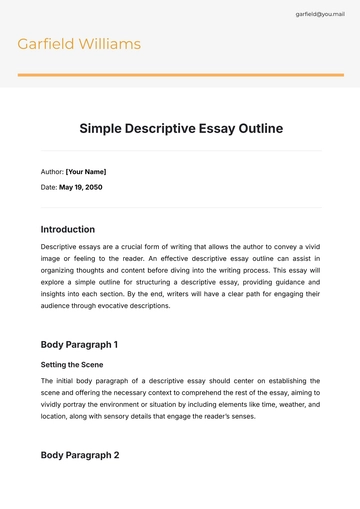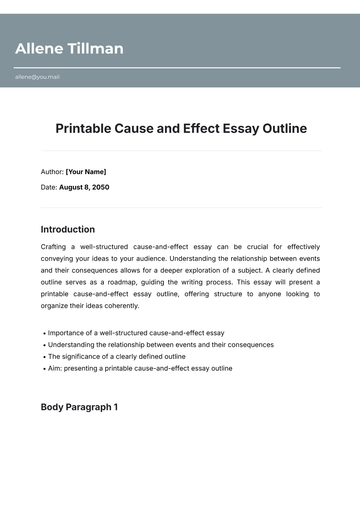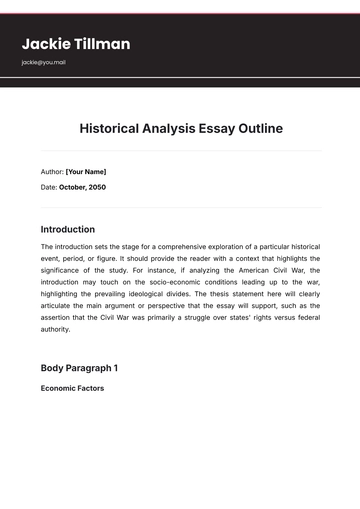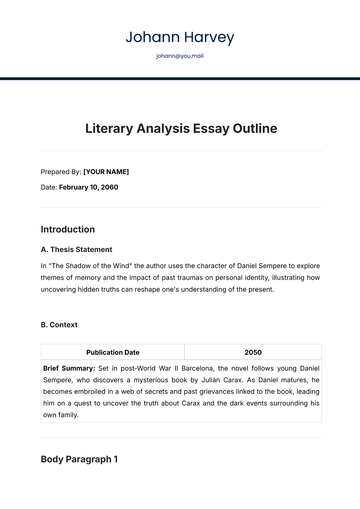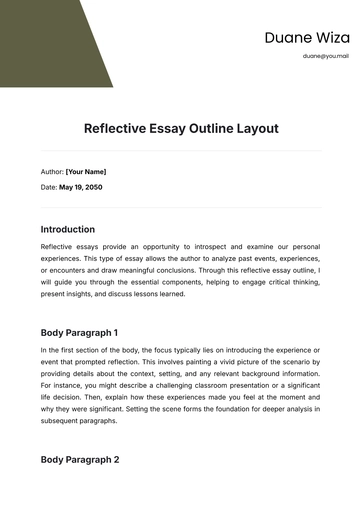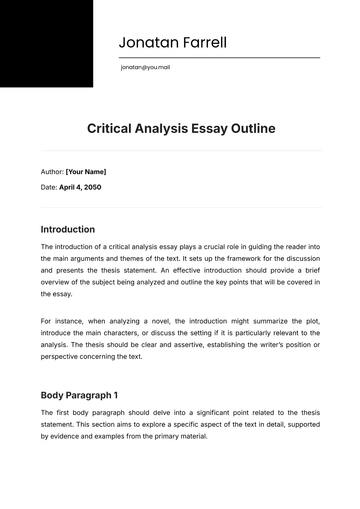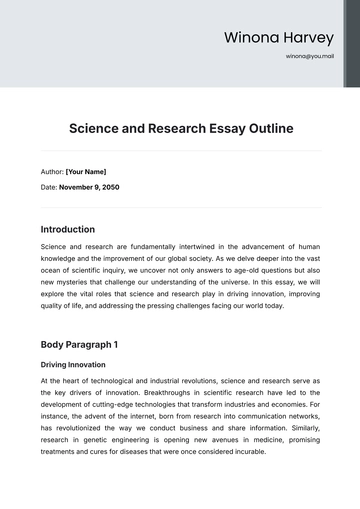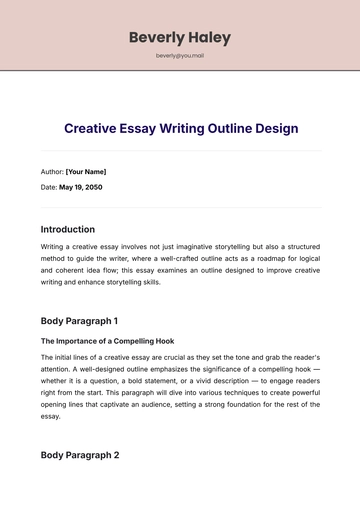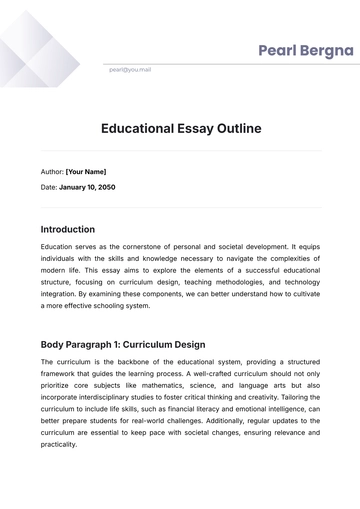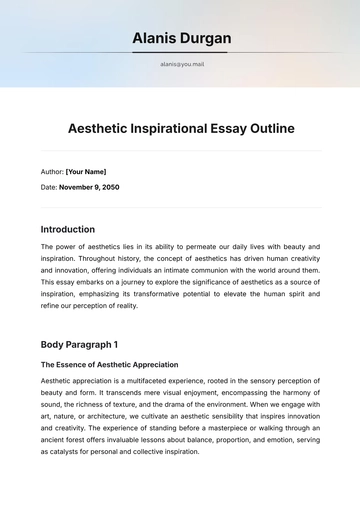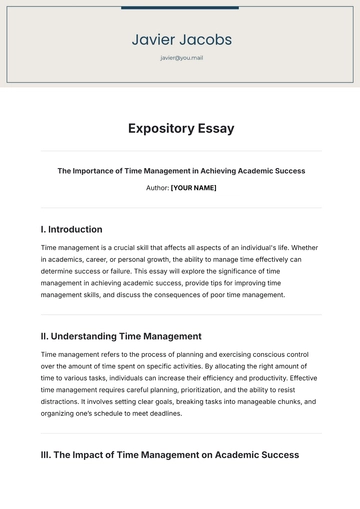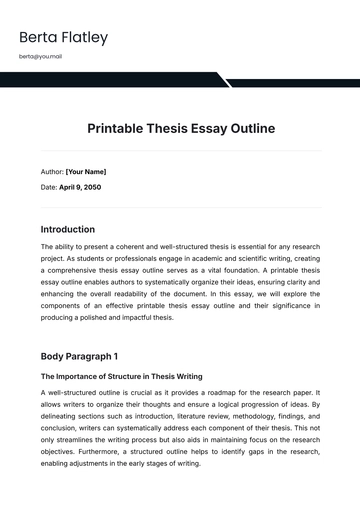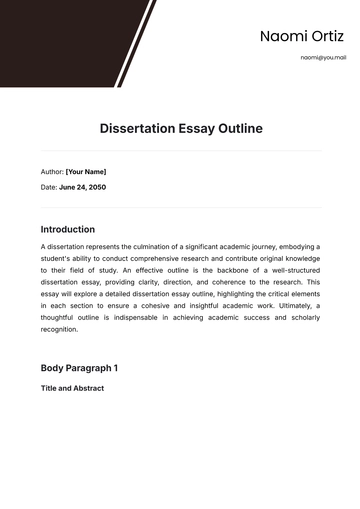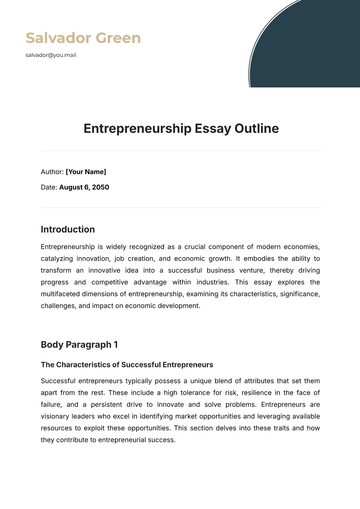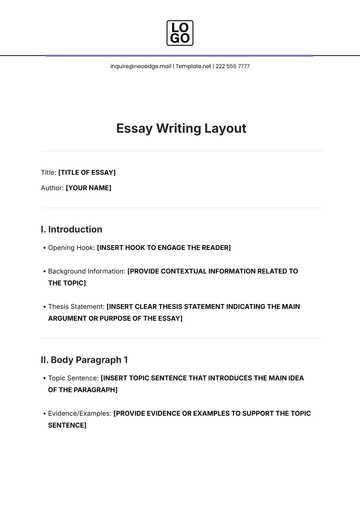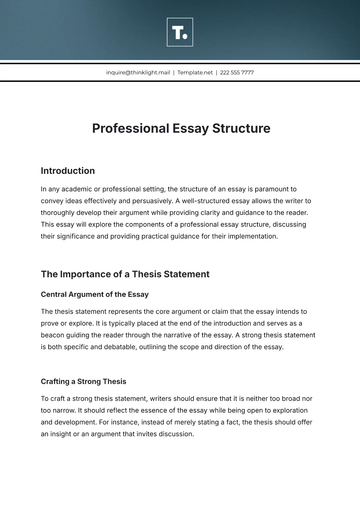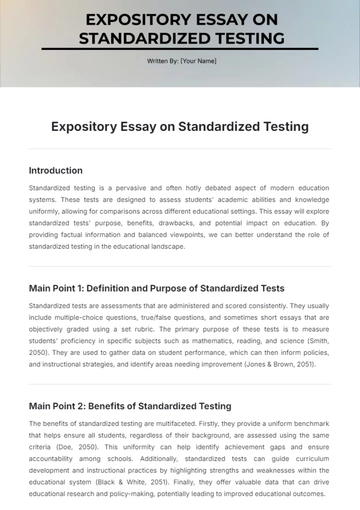E-Learning Tools Expository Essay
Written By: [Your Name]
Introduction
In the rapidly evolving landscape of education, e-learning tools have become indispensable. The increasing reliance on digital platforms for education has brought to light the necessity of understanding the various tools and technologies that comprise online education. This essay aims to inform readers about the features, functionalities, benefits, and potential drawbacks of different e-learning tools, such as learning management systems (LMS), educational apps, and virtual classrooms. By exploring these tools, readers can gain a comprehensive understanding of how they shape the educational experience in a virtual setting.
Overview of E-Learning Tools
E-learning tools encompass a wide range of technologies designed to facilitate online education. Learning management systems (LMS), educational apps, and virtual classrooms are some of the most widely utilized tools. An LMS is a software platform used to deliver, manage, and track educational courses and training programs. Educational apps refer to mobile applications specifically designed for learning purposes, covering various subjects and providing interactive content. Virtual classrooms enable live interaction between instructors and students, replicating a traditional classroom environment in a digital format.
Detailed Analysis of Tools
Learning Management Systems (LMS)
LMS platforms such as Moodle, Blackboard, and Canvas offer a wide array of functionalities. These platforms provide course management tools, assessment features, communication tools, and analytics. They enable educators to organize materials, track student progress, and facilitate discussions through forums and chats. However, the robustness of an LMS can sometimes lead to a steep learning curve for both instructors and students.
Educational Apps
Educational apps like Duolingo, Khan Academy, and Coursera are revolutionizing the way individuals engage with learning material. These apps are designed to offer interactive, bite-sized learning modules that can be accessed on the go. Features such as gamification, quizzes, and progress tracking enhance engagement and motivation. While these apps are convenient, they may not always align with formal curricula or provide comprehensive coverage of complex subjects.
Virtual Classrooms
Platforms like Zoom, Microsoft Teams, and Google Meet are prominent examples of virtual classrooms. They offer real-time video conferencing, screen sharing, and collaborative tools like whiteboards and breakout rooms. Such tools are crucial for fostering interaction and engagement in an online setting. Despite their advantages, virtual classrooms can suffer from issues like technical glitches, internet connectivity problems, and a lack of personal interaction compared to traditional classrooms.
Comparison
Each e-learning tool has its unique strengths and weaknesses. Learning management systems provide comprehensive course management but can be complex to navigate. Educational apps offer convenience and engagement but may lack depth. Virtual classrooms facilitate real-time interaction but are susceptible to technical difficulties. By understanding these differences, educators and learners can make informed choices about which tools best suit their needs.
Applications and Use Cases
Universities often use LMS platforms for managing full curriculums, including assignments, grades, and student feedback. Educational apps are widely used in self-paced learning contexts, where individuals seek to acquire new skills or knowledge independently. Virtual classrooms are particularly valuable in situations requiring real-time interaction, such as synchronous classes, workshops, and business training sessions.
Conclusion
The integration of e-learning tools in education has opened up new avenues for delivering and receiving knowledge. Learning management systems, educational apps, and virtual classrooms each offer distinct features and benefits, with their own set of challenges. Understanding these tools in detail allows educators and learners to harness their potential effectively. As technology continues to advance, the landscape of online education will undoubtedly evolve, driving further innovation in e-learning tools.
Bibliography
For a comprehensive list of references, consult relevant literature, including:
Alqahtani, A. (2050). Understanding Learning Management Systems. Journal of Education and Technology, 15(2), 35-50.
Garrison, D. R., & Akyol, Z. (2051). The Design of Educational Apps. Educational Technology and Research Development, 66(2), 251-271.
Hiltz, S. R., & Turoff, M. (2052). The Evolution of Virtual Classrooms. Internet and Higher Education, 45, 1-13.
Essay Templates @ Template.net
